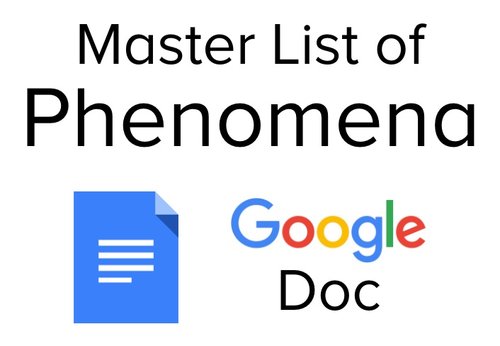HS-ESS2-8: Air Masses, Fronts, and Weather
Evaluate data and communicate information to explain how the movement and interaction of air masses result in changes in weather conditions.
Clarification Statement: Examples of evidence sources could include station models, surface weather maps, satellite images, radar, and accepted forecast models. Emphasis should focus on communicating how the uneven heating of Earth’s surface and prevailing global winds drive the movement of air masses and their corresponding circulation patterns, the interaction of different air masses at frontal boundaries, and resulting weather phenomena.
Assessment Boundary: Analysis is limited to surface weather maps and general weather patterns associated with high and low pressure systems.
Evidence Statement
Assessments
Phenomena
Master List of Phenomenon
Anchor Charts
Video
Vocabulary
Patterns
Cause and Effect
Air masses
- High pressure
- Low pressure
Weather conditions
Frontal boundaries
Evaluate data and communicate information to explain how the movement and interaction of air masses result in changes in weather conditions. (Patterns) (Cause and Effect)
Learning Plans
Next Generation Science Standards is a registered trademark of Achieve. Neither Achieve nor the lead states and partners that developed the Next Generation Science Standards were involved in the production of this product, and do not endorse it. Visit the official NGSS website.






